SLUSD05B October 2017 – August 2018 UCC27710
PRODUCTION DATA.
- 1 Features
- 2 Applications
- 3 Description
- 4 Simplified Schematic
- 5 Revision History
- 6 Pin Configuration and Functions
- 7 Specifications
- 8 Detailed Description
-
9 Application and Implementation
- 9.1 Application Information
- 9.2
Typical Application
- 9.2.1 Design Requirements
- 9.2.2
Detailed Design Procedure
- 9.2.2.1 Selecting HI and LI Low Pass Filter Components (RHI, RLI, CHI, CLI)
- 9.2.2.2 Selecting Bootstrap Capacitor (CBOOT)
- 9.2.2.3 Selecting VDD Bypass/Holdup Capacitor (CVDD) and Rbias
- 9.2.2.4 Selecting Bootstrap Resistor (RBOOT)
- 9.2.2.5 Selecting Gate Resistor RON/ROFF
- 9.2.2.6 Selecting Bootstrap Diode
- 9.2.2.7 Estimate the UCC27710 Power Losses (PUCC27710)
- 9.2.2.8 Estimating Junction Temperature
- 9.2.2.9 Operation With IGBT's
- 9.2.3 Application Curves
- 10Power Supply Recommendations
- 11Layout
- 12Device and Documentation Support
- 13Mechanical, Packaging, and Orderable Information
Package Options
Mechanical Data (Package|Pins)
- D|8
Thermal pad, mechanical data (Package|Pins)
Orderable Information
9.2.3 Application Curves
Figure 48 and Figure 49 show the measured LI to LO turn-on and turn-off delay of one UCC27710 device. Channel 3 depicts LI and Channel 4 LO.
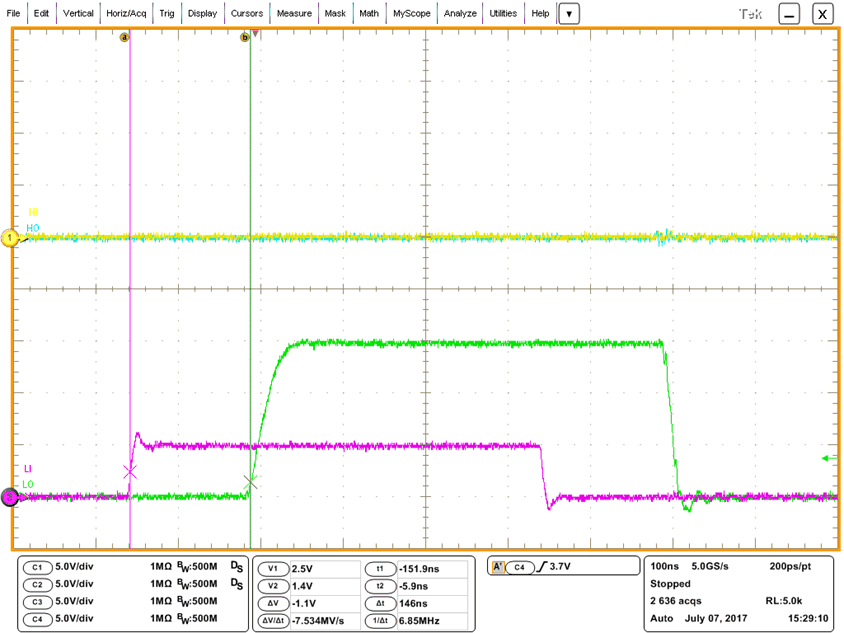 Figure 48. LI to LO Turn-On Propagation Delay
Figure 48. LI to LO Turn-On Propagation Delay 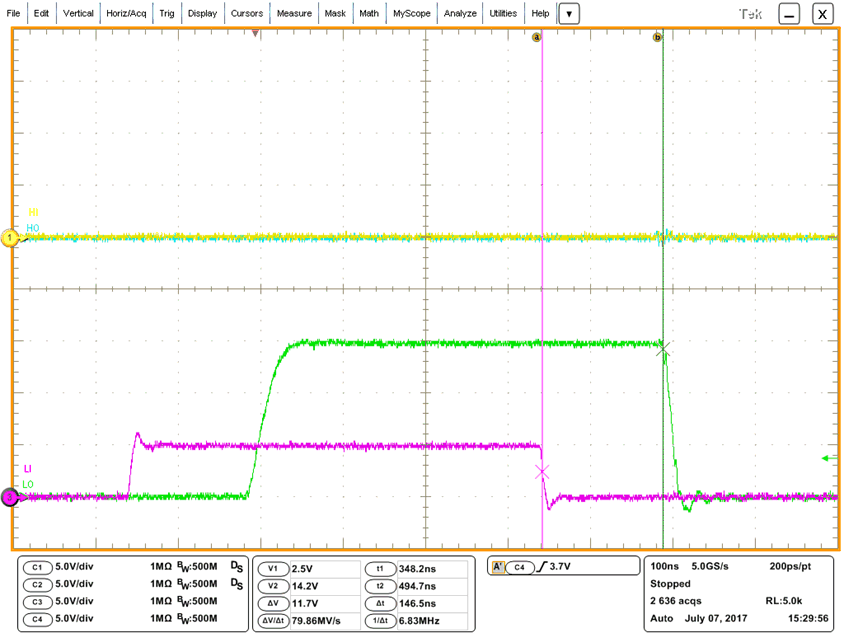 Figure 49. LI to LO Turn-Off Propagation Delay
Figure 49. LI to LO Turn-Off Propagation Delay Figure 50 and Figure 51 show the measured HI to HO turn-on and turn-off delay of one UCC27710 device. Channel 1 depicts HI and Channel 2 HO.
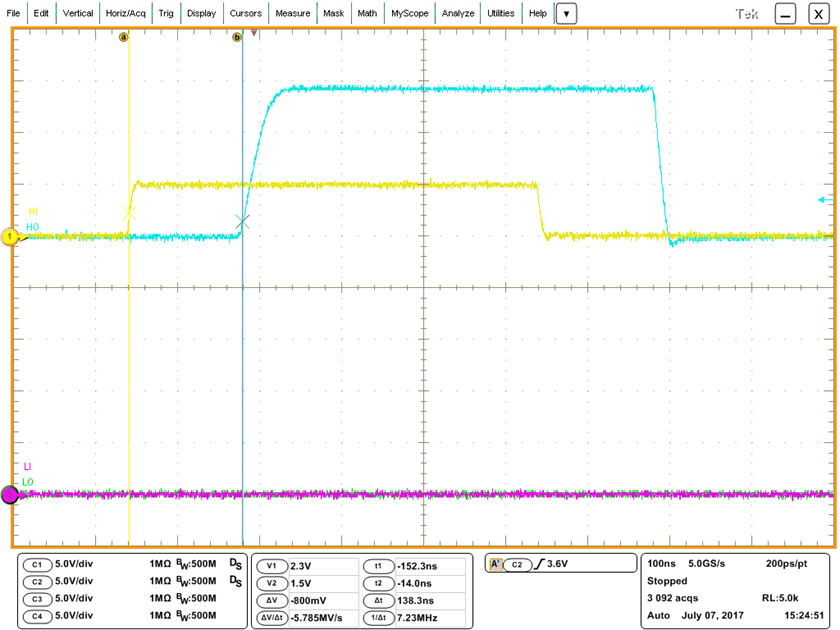 Figure 50. HI to HO Turn-On Propagation Delay
Figure 50. HI to HO Turn-On Propagation Delay 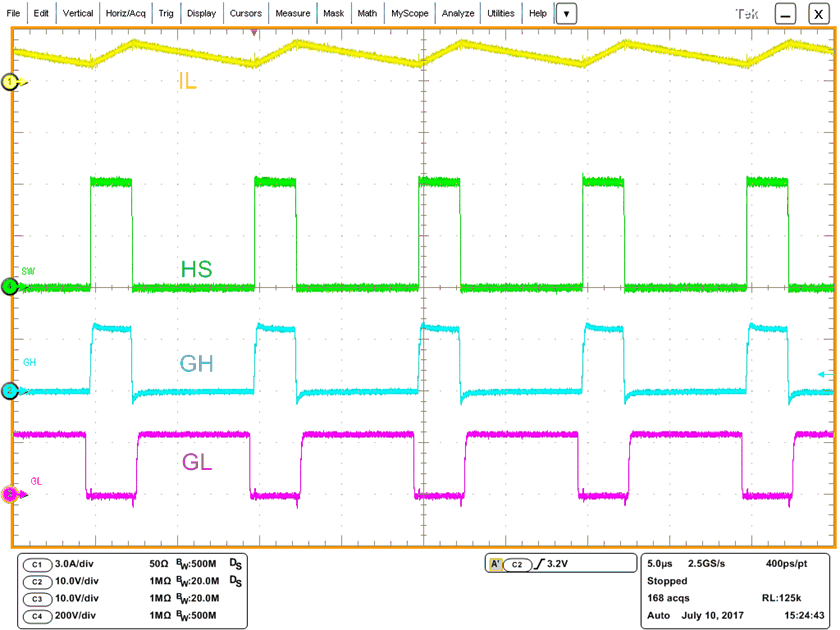 Figure 52. MOSFET Sync-Buck Operating at 400 V and 150 W
Figure 52. MOSFET Sync-Buck Operating at 400 V and 150 W 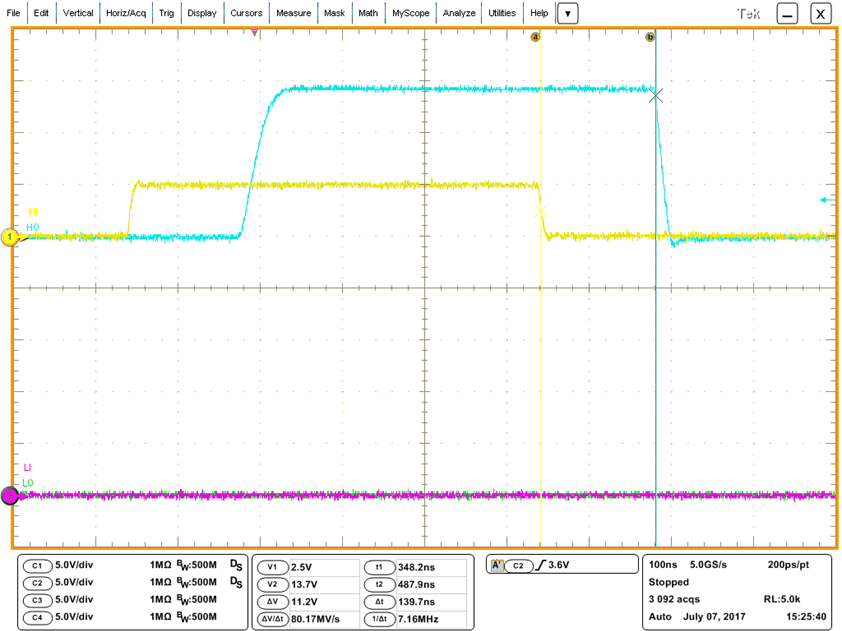 Figure 51. HI to HO Turn-Off Propagation Delay
Figure 51. HI to HO Turn-Off Propagation Delay Figure 52 shows UCC27710 operating in a high voltage sync-buck. Channel 1 depicts inductor current, Channel 2 high side MOSFET VGS, Channel 3 low side MOSFET VGS, and Channel 4 high voltage switch node.